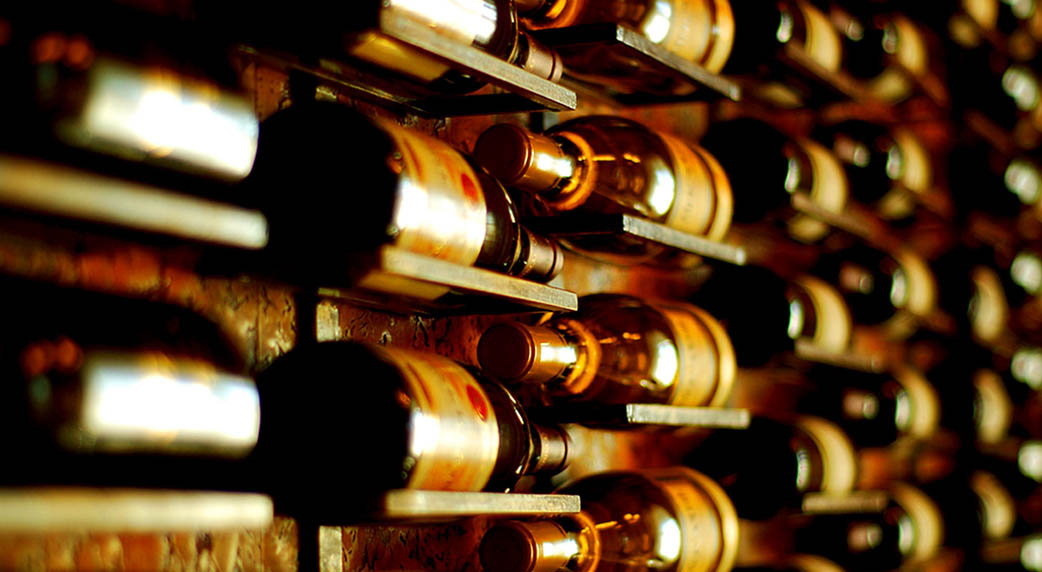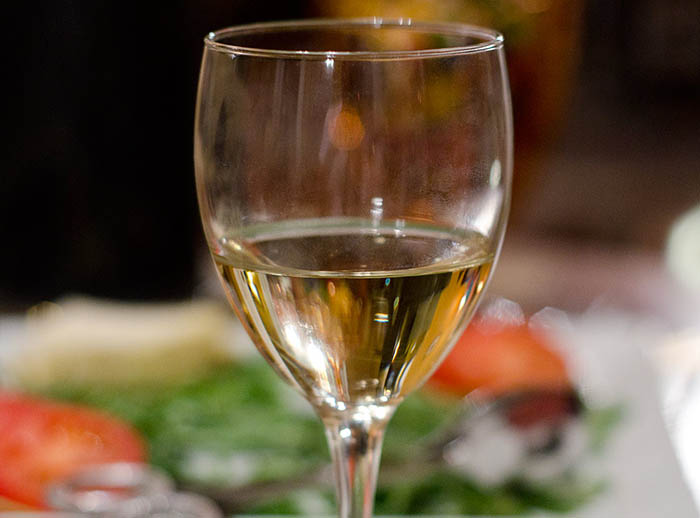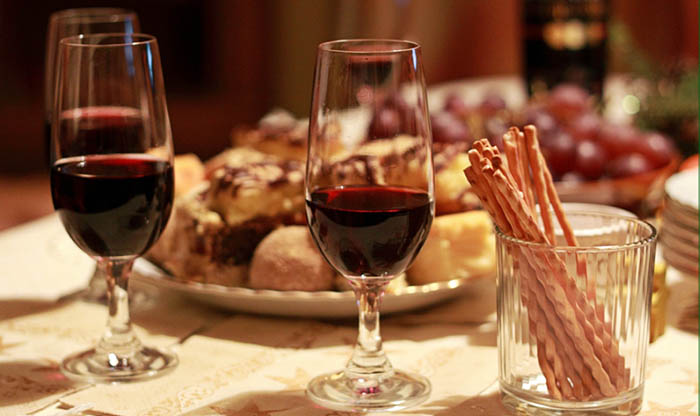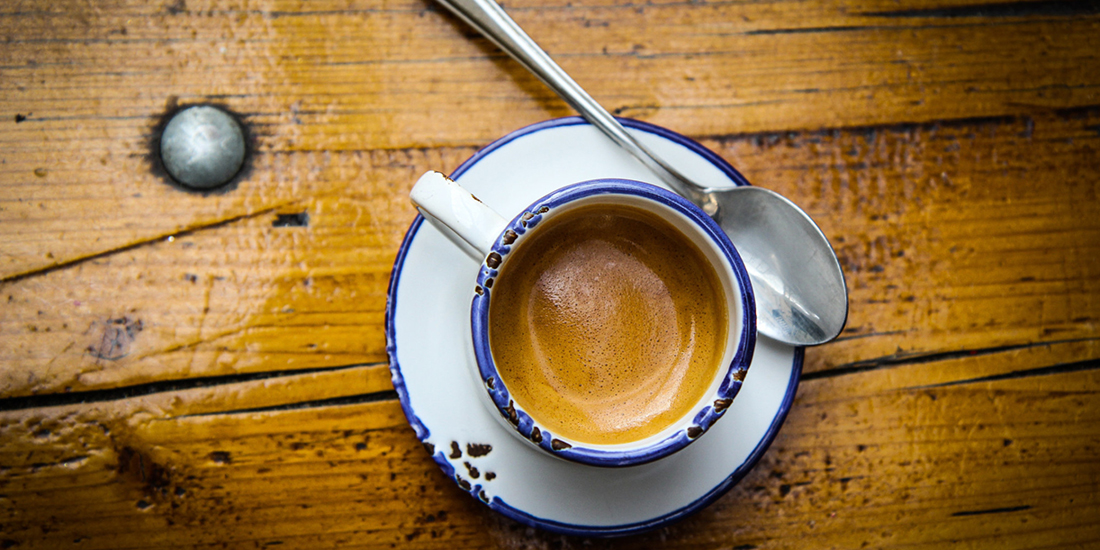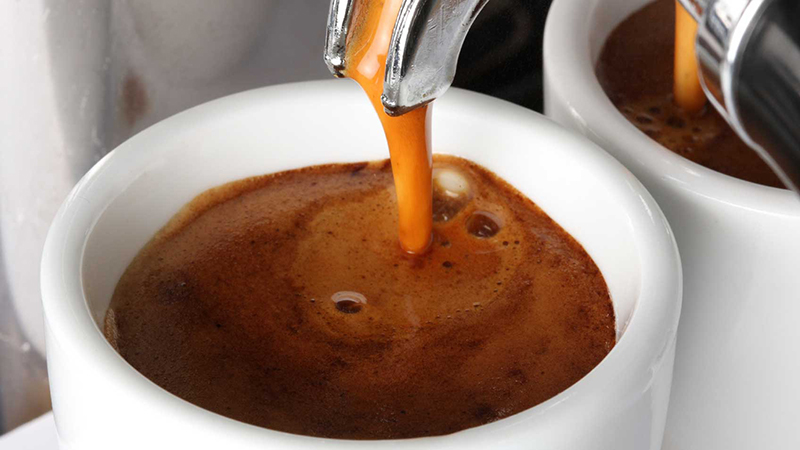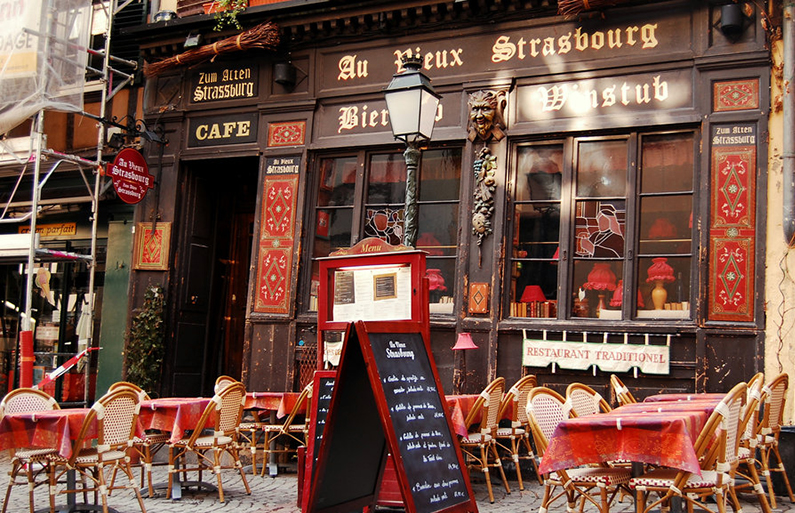Discovering Indian Cuisine
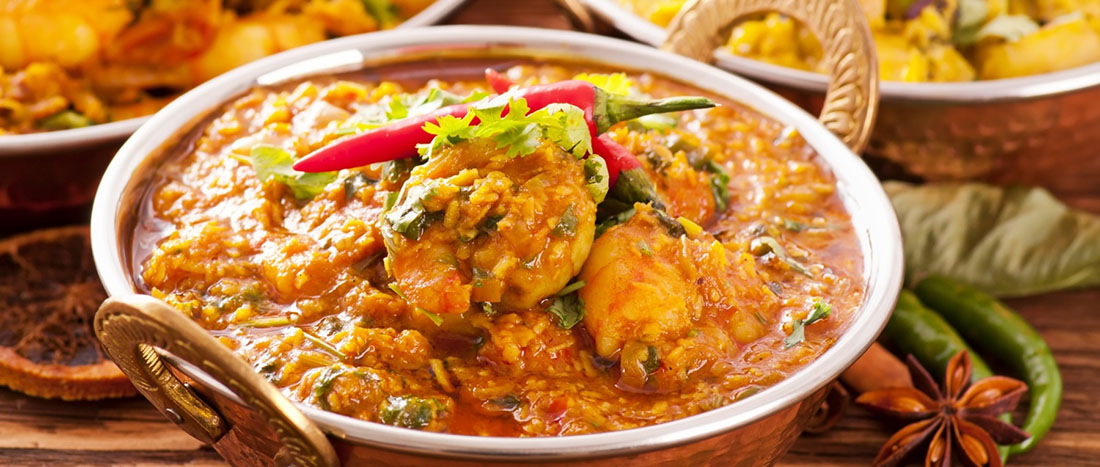
Spicy, rich, flavourful and diverse are terms that are frequently used to describe Indian food. All these words are apt in describing Indian cuisine, for it is diverse in variety and taste, and is made up from a wide array of regional cuisines throughout various parts of India.
Due to the differences in climate and soil conditions, the local cuisines in various regions may vary greatly from each other, as each region uses spices, herbs and ingredients that are grown locally. Culture, tradition and religion also play significant roles in influencing the cuisines and diets of the Indians.
North Indian VS. South Indian Cuisines
Here comes the oft-asked question: What is the difference between North Indian food and South Indian food?
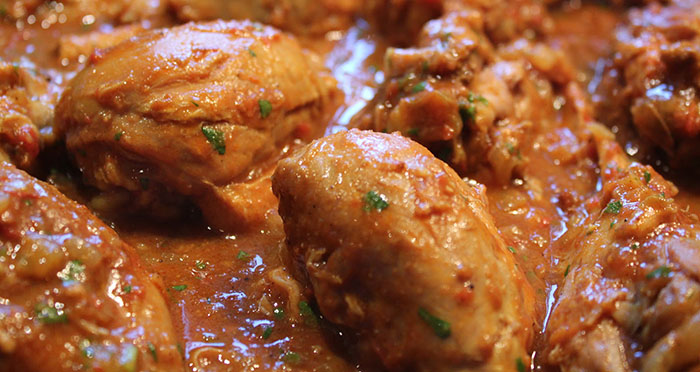
Exploring Tastes of the North
Venture to the north, and you will find that roast meat dishes, cooked in the tandoor oven to be a common item consumed in daily meals. North Indians also consume rice dishes, such as the biryani, and flatbreads, like the chapati and poori. The flatbreads are usually eaten with thick, mild curries.
The cool and dry climate in the north provides a good environment for growing wheat and raising cattle. As such, dairy products are also a popular ingredient often used to flavour and thicken curry dishes. The North Indians like to dry roast their spices before grinding them, which results in the preparation of curries that have a toasty, roasted flavour.
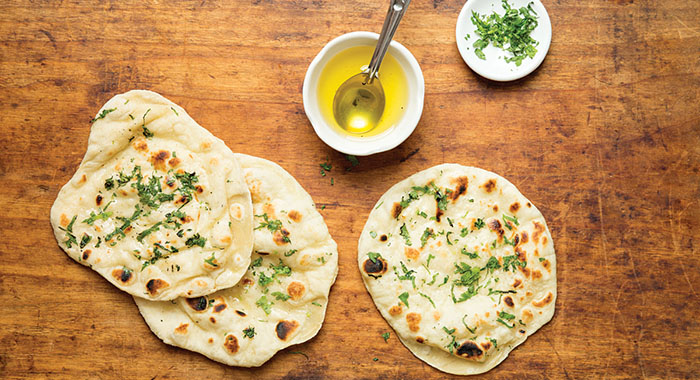 Flavours of the South
Flavours of the South
Now, make your way down south, and you will discover that the dishes have a tangy and spicy flavour profile. Instead of consuming curries with flatbreads, locals residing in the southern regions of India often have it with rice.
Differences can be discerned in the consistency of the curries prepared in North and South India. The curries prepared in the South are soupier relative to the thicker, richer curries found in the North.
This can be attributed to differences in the ingredients used. Coconut is a dominant ingredient, and coconut oil and coconut milk, rather than dairy products, are often used in the preparation of food dishes in the South.
In addition, unlike the North Indians, the locals in the South do not roast their spices. Instead, they ground their spices into wet masalas, before using them to cook spicy curry dishes.
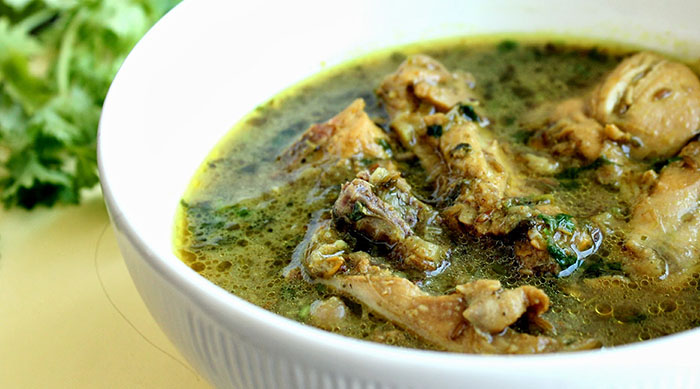
Got a craving for Indian food? Savour a scrumptious selection of Indian dishes with our BonAppetour hosts in Singapore: Santha, Kirit, Amrita, Santhy, Kshitij and Shalu! A delectable meal with our lovely hosts will definitely leave you yearning for more!
[icegram campaigns=”612″]

